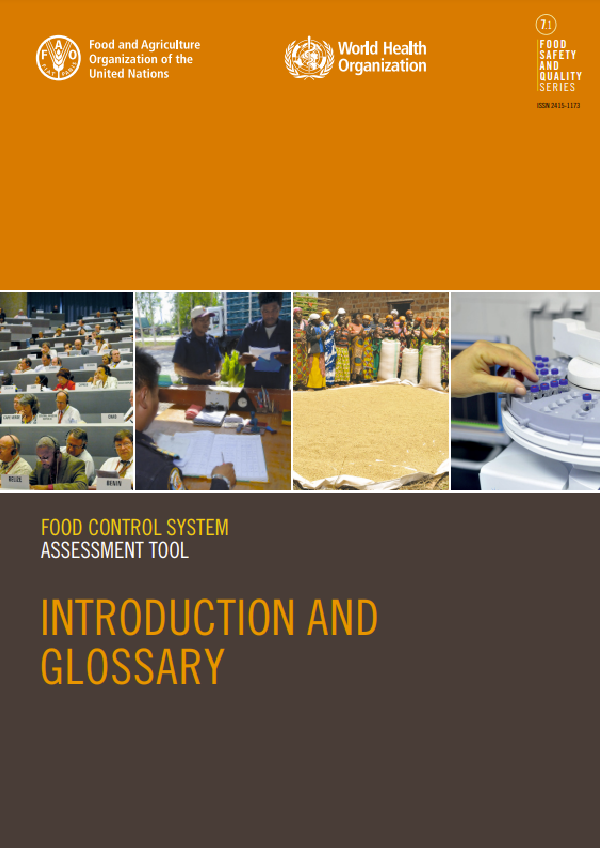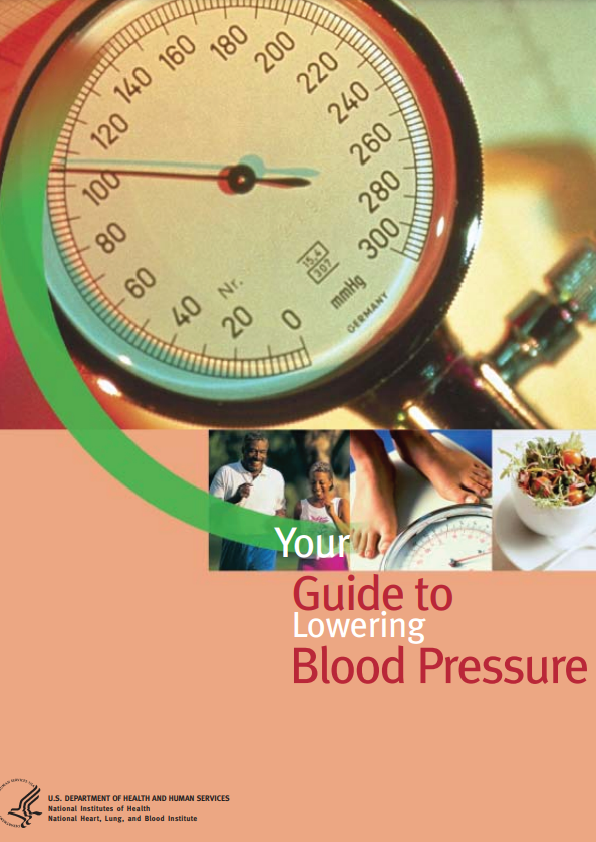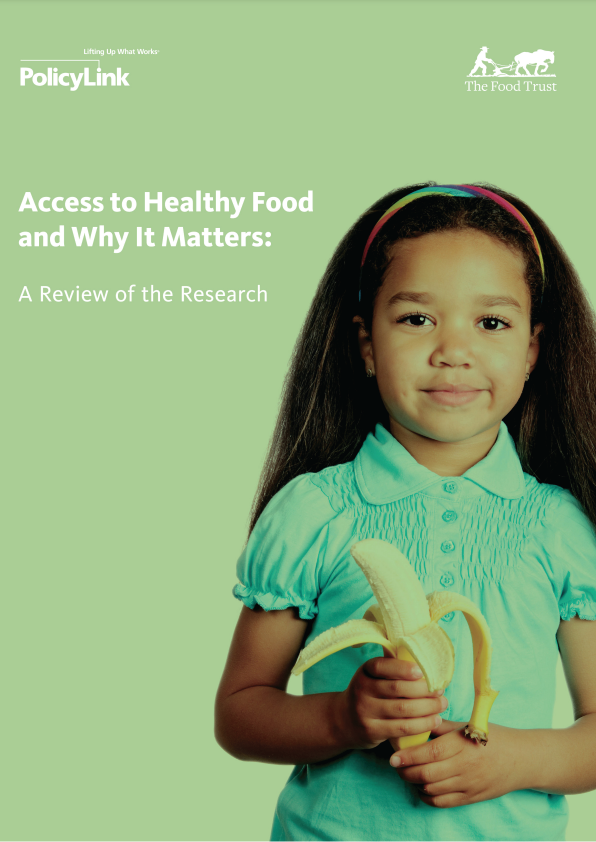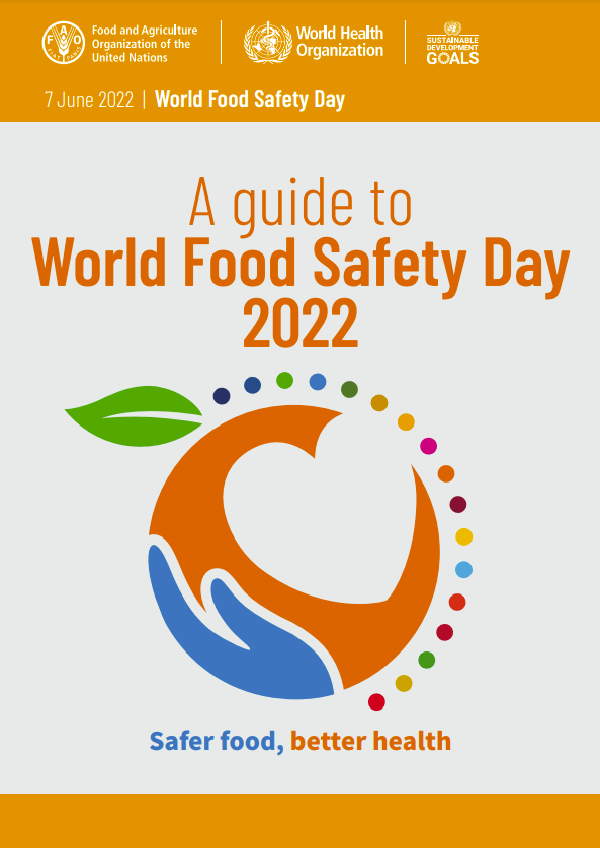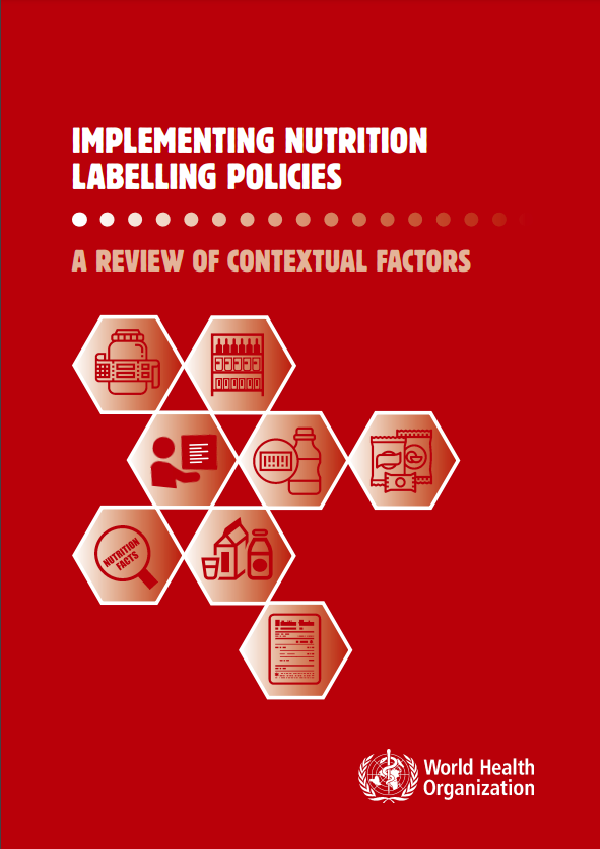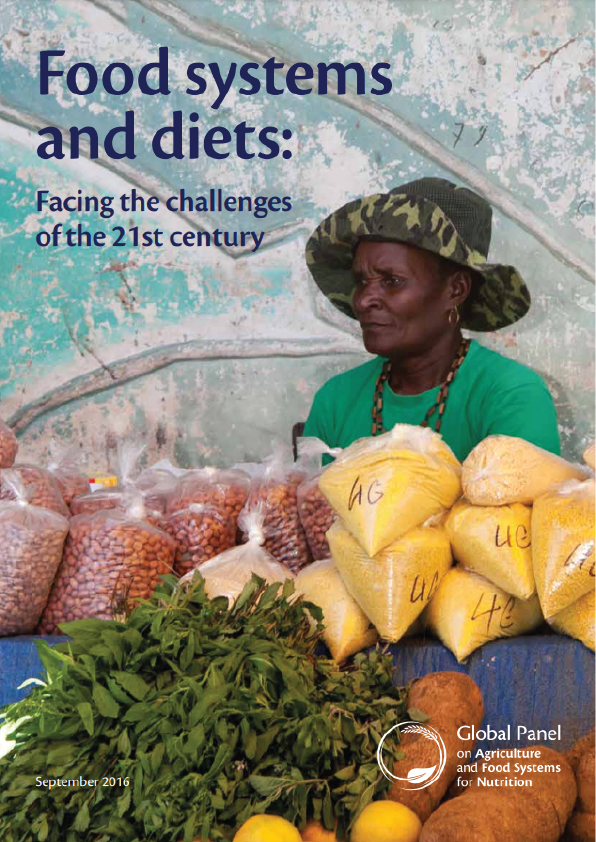The national food control system plays a pivotal role in protecting the health of consumers and ensuring fair practices in food trade. When we are able to assess performance of the system in a comprehensive way, it can identify priority areas of improvement and plan sequential and coordinated activities to reach expected outcomes.
To demonstrate the good performance of the system gives an opportunity to Member states for new markets, improve trading relationships, and build stakeholder confidence domestically as well.
There were several attempts of assessing specific parts of national competencies with regard to food chain or SPS function. In 2019, FAO and WHO jointly developed a comprehensive tool to assist Member states in assessing the effectiveness of the national food control system. This tool comprises 25 system competencies under 4 Dimensions.
Structural logic of National Food Control Systems
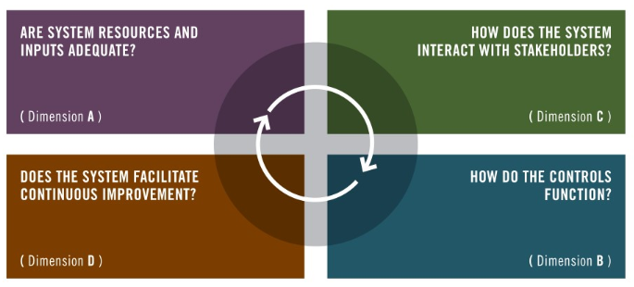
Two types of assessments can be conducted using the FAO/WHO food control system assessment tool:
Self-assessments: where the government is completely in charge of the implementation of the assessment.
FAO/WHO facilitated assessments: where the implementation is externally facilitated by FAO/WHO through the provision of technical support and overall coordination of the process.
Background:
National food control systems play a pivotal role in protecting the health of consumers and ensuring fair practices in the food trade. Within the framework of Codex Alimentarius Principles and Guidelines for National Food Control Systems (CAC/GL 82-2013), countries have the flexibility to determine how best to design their food control systems and implement specific control measures. National situations (e.g. appropriate levels of public health protection; legal and institutional frameworks; availability of support services, such as analytical resources) will influence the design of these systems; therefore, no two systems are alike. However, whatever the architecture of the national food control system, measuring its effectiveness is universally important to verify that resources are being well-used and consumers’ health and economic interests are protected. Being able to demonstrate performance can also be very important to inform plans for further strengthening the system and opening new markets, improving trading relationships, and building stakeholder confidence domestically.
To this end, FAO and WHO have worked on designing this assessment tool, to assist Member countries in assessing the effectiveness of their food control system, whatever the level of its maturity.
In developing this tool, FAO and WHO sought to learn from and build upon existing tools. FAO performed an initial review of all publicly available tools relating to the food chain or assessing SPS functions – including the Performance-VisionStrategy tool of the Inter-American Institute for Cooperation on Agriculture (IICA), the World Organisation for Animal Health (OIE) tool for the evaluation of the Performance of Veterinary Services, and the International Plant Protection Convention (IPPC) Phytosanitary Capacity Evaluation tool – to identify possible approaches and build on existing knowledge and experience. A consultative approach was used through the establishment of a Review Committee involving other international, regional, and national agencies and academia to regularly review progress. A sequence of pilots (9) in different regions (Africa, Asia, Europe, and the Near East), was organized to test the tool at various stages of development; findings emerging from the process and feedback from the different stakeholders involved in the assessment were integrated into the document to refine its approach and ensure adaptation to very different contexts.
